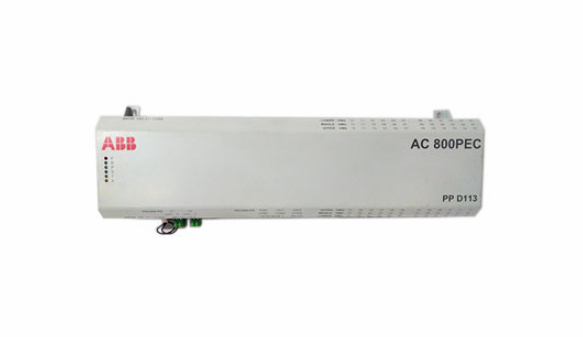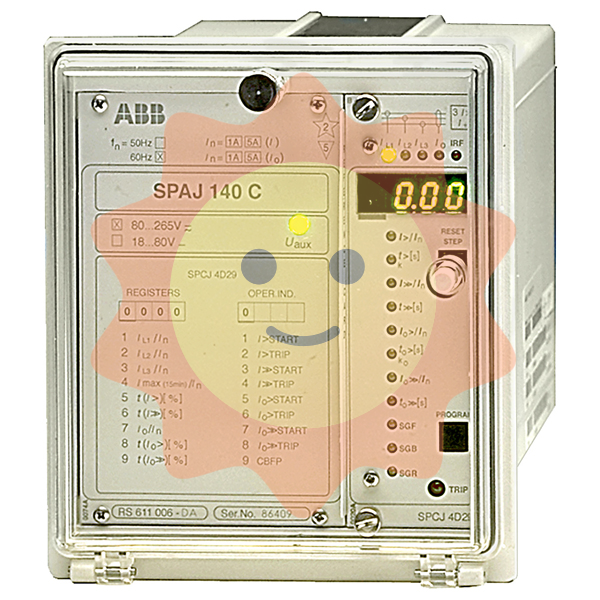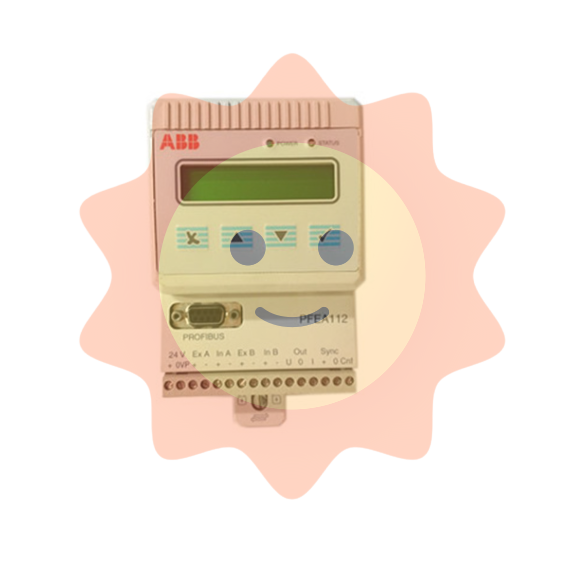Key technologies and development status of hydrogen energy utilization in the context of carbon neutrality

Toyota's Mirai hydrogen fuel cell vehicle hydrogen storage system uses a polyamide wire plus lightweight metal high-pressure hydrogen storage tank, which can withstand 70MPa high pressure. Low temperature liquefied hydrogen storage is a practical way to store hydrogen. Because the density of liquid hydrogen at normal temperature and pressure is 845 times that of gaseous hydrogen, low temperature liquefied hydrogen storage has the advantages of high hydrogen storage density and small storage container volume, and its mass concentration is about 70g/L, which is higher than that of high pressure gaseous hydrogen storage (about 39g/L under 70MPa). However, the hydrogen liquefaction process requires multiple stages of compression and cooling, and the hydrogen temperature is reduced to 20K, which will consume a lot of energy, and the energy consumed by liquefaction accounts for about 30% of the hydrogen energy. In addition, in order to avoid the evaporation loss of liquid hydrogen, the thermal insulation performance of liquid hydrogen storage vessels is demanding, and thermal insulation materials with good thermal insulation performance are needed. The design and manufacture of low temperature hydrogen storage tank and the selection of materials have always been costly problems, resulting in the complexity of liquefaction process and hydrogen storage tank technology, and the cost increase. Low-temperature liquefied hydrogen storage technology is mainly used in military and aerospace fields, and its commercial research and application have just begun. However, due to its advantages in large-scale and long-distance storage and transportation, it may be complementary with high-pressure gaseous hydrogen storage in the future. 2.3 Hydrogen Transport Technology 2.3.1 Container Transport Hydrogen can be transported in containers as a compressed gas, liquid or stored in hydrides. Short-distance hydrogen transport is mainly carried out by long-tube trailers. Intercontinental hydrogen could be transported in liquid form in ship containers, similar to today's liquefied natural gas shipments. Liquid hydrogen is much less dense than natural gas and therefore more expensive to transport. In addition, there are other safety issues in the intercontinental transport of hydrogen, such as container leaks, accidents during hydrogen filling and unloading, and ship collisions. 2.3.2 Pipeline Transportation Another major mode of hydrogen transportation is pipeline transportation. Due to the similar nature of hydrogen and natural gas, hydrogen is also transported in a pipeline in a very similar way to natural gas. In fact, when using steel materials and welding processes to transport natural gas, the transport pressure can reach up to 8MPa, which can also achieve the transport of hydrogen in the pipeline, and the test methods used today are sufficient to control the transport risk of hydrogen and natural gas at the same level. However, the pipeline transportation of hydrogen also needs to solve some problems, such as the diffusion loss of hydrogen is about 3 times that of natural gas, the brittleness of the material after adsorption of hydrogen, the need to increase a large number of gas monitoring instruments, the need to install outdoor emergency empouting equipment, etc., which will increase the cost of transportation. At present, the cost of hydrogen transportation pipeline is about $630,000 /km, the cost of natural gas pipeline is only about $250,000 /km, and the cost of hydrogen pipeline is about 2.5 times that of natural gas pipeline.

3. Ideas and cases of hydrogen energy utilization in Europe
The Paris Agreement sets the goal of "keeping the global average temperature rise in the 21st century below 2 ° C and limiting the global temperature rise to 1.5 ° C above pre-industrial levels." To achieve this, the EU needs to significantly increase the amount of electricity generated from renewable sources and increase the electrification rate of end-users. In the future, wind and solar power will account for 30-60% of the total electricity generation in the EU, and the electrification rate will increase to 50-65% by 2050. This requires that the future energy supply system can meet the needs of different industries in the trend of low carbon, can withstand the impact of large-scale renewable energy on the smooth operation of the grid, and can efficiently transport energy from the supply center to the demand center, and the use of hydrogen energy to meet these challenges has been recognized as the most feasible solution in Europe.
According to the EU's hydrogen energy utilization program, in terms of hydrogen production, mainly through PtG technology to maximize the use of renewable energy and transport problems in Europe. PtG technology uses surplus renewable energy to electrolyze water, convert electric energy into hydrogen, and realize the utilization and long-term storage of renewable energy in the form of chemical energy. The hydrogen obtained by electrolysis can be directly diversified in the fields of transportation, industrial utilization or gas power generation, and can also be mixed into the natural gas network for storage and transportation, in addition, hydrogen and carbon dioxide can be combined, converted into methane and then input into the natural gas network.
- EMERSON
- Honeywell
- CTI
- Rolls-Royce
- General Electric
- Woodward
- Yaskawa
- xYCOM
- Motorola
- Siemens
- Rockwell
- ABB
- B&R
- HIMA
- Construction site
- electricity
- Automobile market
- PLC
- DCS
- Motor drivers
- VSD
- Implications
- cement
- CO2
- CEM
- methane
- Artificial intelligence
- Titanic
- Solar energy
- Hydrogen fuel cell
- Hydrogen and fuel cells
- Hydrogen and oxygen fuel cells
- tyre
- Chemical fiber
- dynamo
- corpuscle
- Pulp and paper
- printing
- fossil
- FANUC
- Food and beverage
- Life science
- Sewage treatment
- Personal care
- electricity
- boats
- infrastructure
- Automobile industry
- metallurgy
- Nuclear power generation
- Geothermal power generation
- Water and wastewater
- Infrastructure construction
- Mine hazard
- steel
- papermaking
- Natural gas industry
- Infrastructure construction
- Power and energy
- Rubber and plastic
- Renewable energy
- pharmacy
- mining
- Plastic industry
- Schneider
- Kongsberg
- NI
- Wind energy
- International petroleum
- International new energy network
- gas
- WATLOW
- ProSoft
- SEW
- wind
- ADVANCED
- Reliance
- YOKOGAWA
- TRICONEX
- FOXBORO
- METSO
- MAN
- Advantest
- ADVANCED
- ALSTOM
- Control Wave
- AB
- AMAT
- STUDER
- KONGSBERG
- MOTOROLA
- DANAHER MOTION
- Bently
- Galil
- EATON
- MOLEX
- Triconex
- DEIF
- B&W
- ZYGO
- Aerotech
- DANFOSS
- KOLLMORGEN
- Beijer
- Endress+Hauser
- MOOG
- KB
- Moxa
- Rexroth


Email:wang@kongjiangauto.com






















































































































